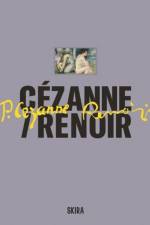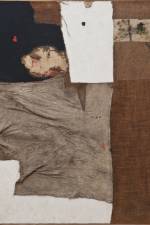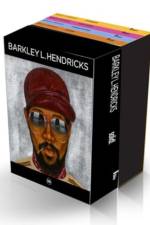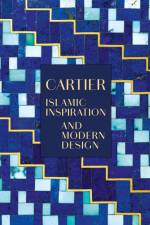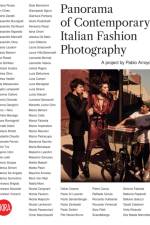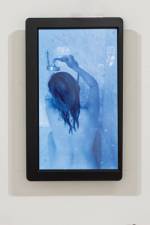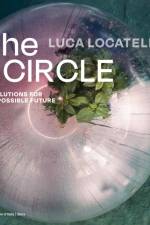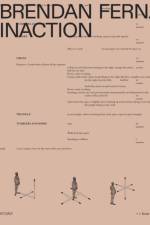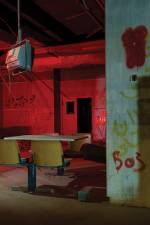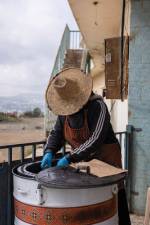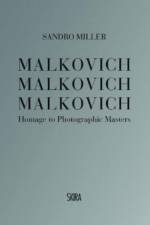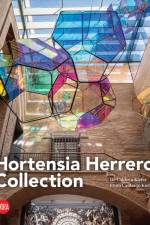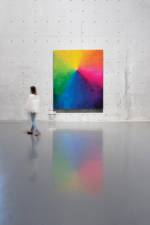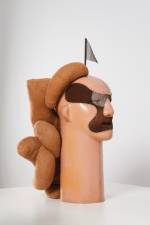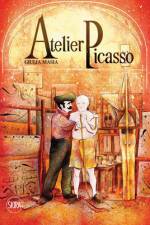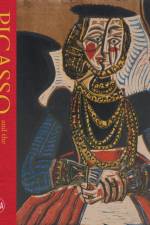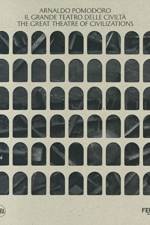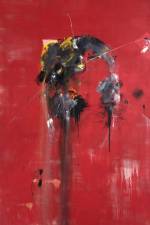387
The works by one of the most important Chinese contemporary artists, considered one of the symbols of new China. The book presents a selection of paintings never exhibited in the West, made from 2013 to today; it includes the series Daily Life (2013-2014), Ritual (2015), Obscured Existence (2018-2020), The Shadow of Memory (2021), together with self-portraits and other paintings. Published on the occasion of his first solo exhibition in Italy (Florence, Palazzo Pitti, Gallerie degli Uffizi), the book includes the essays by Eike Schmidt, Demetrio Paparoni and an inteview with the artist by Elio Cappuccio. The works of Wang Guangyi, who participated in the Venice Biennale in 2013, are in the permanent collections of public museums worldwide, including the new M+ in Hong Kong, the museums of Shenzhen, Guangdong, Shanghai, Chengdu and Beijing, the Tate Modern in London, The San Francisco Museum of Modern Art, the Museum Ludwig in Aachen and many others. Points out the Director of the Gallerie degli Uffizi Eike Schmidt: ¿Wang Guangyi, an internationally renowned artist who reinterprets collective imaginations ¿ and in particular also some works from the Uffizi ¿ with eyes that look beyond the image, beyond the boundaries of languages visual and metaphorical, to analyze the human condition in relation to transcendence.¿ Born in Harbin in Manchuria, in northern China, in 1957 Wang Guangyi became one of the great stars of contemporary Chinese art thanks to his Great Criticism series. He analysed both the effects of political and commercial propaganda, with a special reference to the Cold War, and the relationship with the Divine. Moreover, his work is rooted in Kant¿s aesthetics as a fundamental reference point.



